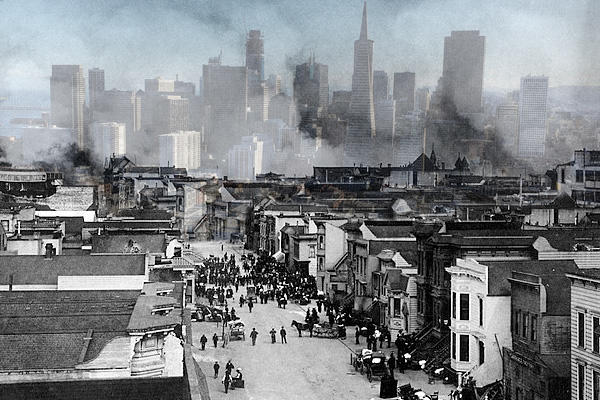Trending
San Fran’s “vulnerable” skyline: Buildings most likely to collapse in the “Big One”
If 8-magnitude earthquake hit the city, 39 high-rises are more likely to collapse due to defective steel construction technique

A new government study has released a list of buildings not to be in, if a magnitude-eight earthquake hits California.
Within the San Francisco area, the 39 steel-framed “vulnerable” high-rises house prominent office buildings and hotels, among other tenants, and were built using a so-called defective construction method, according to the New York Times.
The questionable technique began being used in the mid-1980s when the building code was altered to prescribed stiffer joints, requiring steel frames to be welded together instead of using bolts and rivets that permitted swaying.
The lack of movement in the resulting buildings increases the possibility of collapse, according to experts; in some calculations, the employ of the welding technique takes the likelihood of collapse from 10 percent up to 50 percent.
“This is an issue that structural engineers should have been dealing with continuously since the mid-1990s and we just dropped it,” earthquake engineering expert Keith Porter, who worked on the study, told the Times. “We don’t know how to deal with a problem this big.” Retrofitting one such building would cost millions. [NYT] — Erin Hudson




